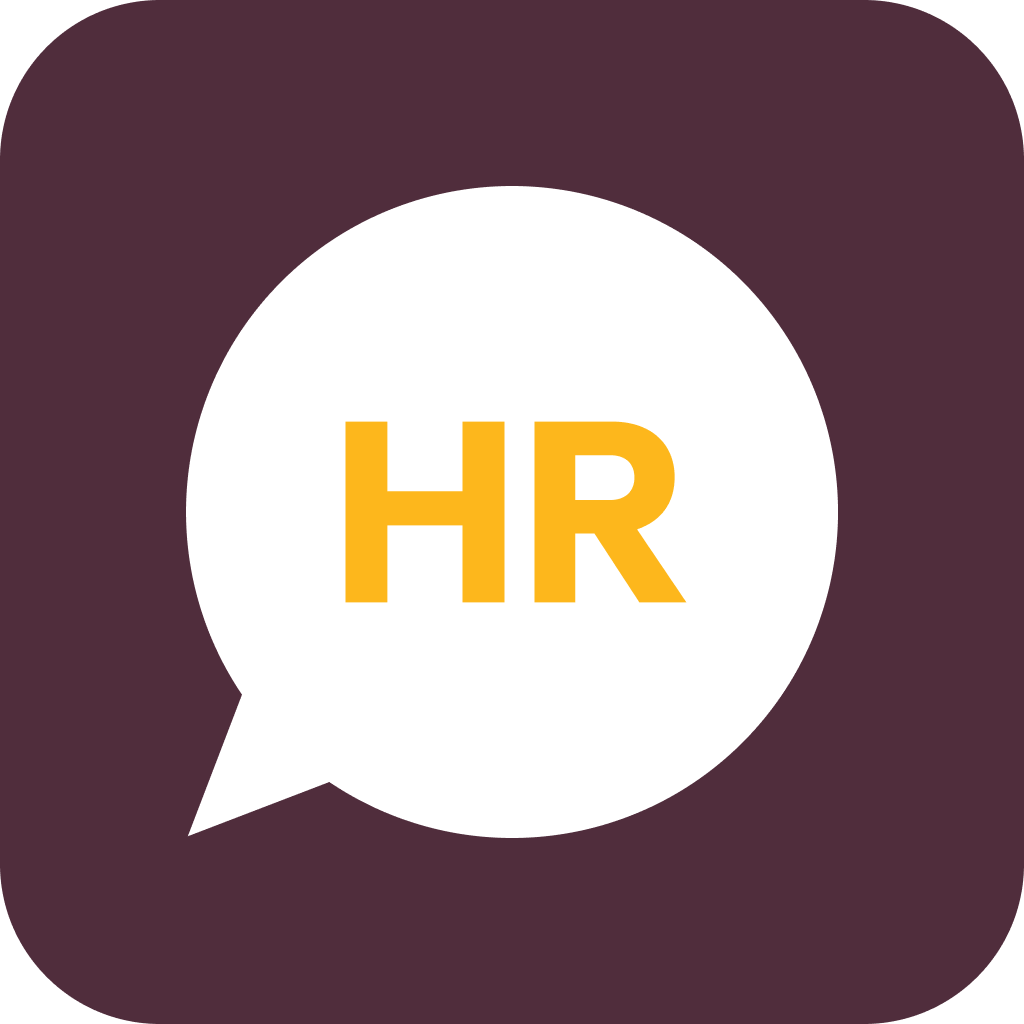Human Capital Management (HCM) refers to the comprehensive set of practices, processes, and systems used by organizations to recruit, manage, develop, and optimize their workforce. HCM encompasses everything from hiring and onboarding to performance management and employee development.
What is human capital?
Human capital refers to the collective skills, knowledge, experience, and abilities possessed by individuals within an organization. It encompasses the value that employees bring to a company through their contributions, education, and expertise, which ultimately drive the organization's growth, productivity, and competitive advantage.
What is human capital management?
Human Capital Management (HCM) is a strategic approach to managing an organization's workforce, focusing on maximizing employee performance and aligning it with the company’s goals.
It can include a range of HR solutions and management strategies aimed at recruiting, developing, and retaining top talent while ensuring efficient workforce management. HCM covers various aspects of human resources, including hiring, training, performance management, compensation, and benefits administration.
Elements of human capital management
HCM can include many different elements that all play a role in effectively managing an organization's workforce:
- HR functions: These are some of the fundamental tasks that HR departments handle, including managing employee data, running payroll, and managing compliance with labor laws.
- Workforce management: This often involves scheduling, time tracking, and attendance management to make sure the right people are in the right roles at the right time.
- Talent management: This can include workforce planning to forecast and prepare for future staffing needs based on business goals and expected market trends; talent acquisition to attract, retain, and develop skilled employees; and performance management to upskill and develop existing teams.
- Benefits administration: Managing employee benefits, such as health insurance, retirement plans, and other perks that contribute to employee satisfaction and retention.
Human resource management (HRM) vs. human capital management (HCM) vs. human resource information system (HRIS)
- Human Resource Management (HRM): HRM refers to the overall management of an organization's human resources, including recruitment, training, employee relations, compensation, and compliance with labor laws. HRM focuses on the administrative aspects of managing people within an organization.
- Human Capital Management (HCM): HCM is a broader concept that not only includes HRM but also integrates strategic workforce management, talent management, and employee development. HCM emphasizes optimizing employee performance and aligning it with the organization's strategic goals.
- Human Resource Information System (HRIS): HRIS is a software solution used to manage HR data. HRIS supports HR professionals by storing and managing the employee data that supports many HR processes run on other apps and technologies.
Benefits of human capital management
HCM can optimize your workforce and help align it with your business strategy. And by effectively managing the entire employee lifecycle, HCM helps enhance the employee experience at your organization, which can lead to better retention. Here are some other key benefits of human capital management:
- Better employee engagement: HCM initiatives like career development opportunities and incentives for meeting performance goals can boost employee engagement, leading to a more motivated and productive workforce.
- Alignment with business goals: HCM puts the right talent in place to meet the organization’s business goals, making it easier to execute strategies and achieve desired outcomes.
- Better employee retention: By offering perks like wellness benefits and structured opportunities for growth, HCM helps organizations retain top talent, reducing turnover (and associated costs).
Challenges of human capital management
While HCM offers numerous benefits, it also presents some challenges organizations must navigate; here are some of the common challenges:
- Integrating systems: Coordinating different technology systems and tools and ensuring they work together seamlessly can be complex and time-consuming.
- Measuring HCM effectiveness: Tracking and analyzing the impact of HCM initiatives can be difficult, requiring advanced tools and analytics.
What is human capital management software?
HCM software is typically a cloud-based solution designed to manage various aspects of an organization’s workforce. As a comprehensive HCM solution, it integrates key HR functions—such as payroll, benefits administration, talent management, and employee performance—into an often unified platform.
HCM software often includes different apps for different functions, like payroll, benefits administration, time tracking, and more.
How HCM software can help your organization
Many organizations turn to cloud HCM software to streamline their HR workflows, automate repetitive tasks, and provide valuable insights through metrics and predictive analytics. Here are some ways HCM software can benefit your business:
- Improved efficiency: HCM software automates many HR processes such as payroll, benefits administration, and performance management, reducing the time and effort required to complete these tasks.
- Data-driven decision-making: HCM software that includes analytics can provide actionable insights that support better decision-making and help align HR strategies with business goals.
- Better employee experience: With employee self-service options and user-friendly apps, HCM software improves the overall employee experience, leading to higher engagement and satisfaction.
How to choose a human capital management system
Follow these actionable steps to select the best HCM system for your needs:
- Assess your needs: Identify your organization’s specific HR needs and challenges. Consider the features you need your HCM to include: Payroll, benefits administration, applicant tracking, performance management? Don’t forget to consider other tools in your tech stack that you’ll need it to integrate with, like a CRM or ERP.
- Set a budget: Determine your budget for the HCM system, considering both the upfront costs and ongoing expenses. Evaluate different pricing models, such as subscription-based or one-time purchases, to find the best fit for your organization.
- Review user experiences and functionality: Choose an HCM system that offers a user-friendly interface and intuitive functionality. The system should provide a positive experience for both HR professionals and employees, making it easier to manage HR processes and improve workforce management.
Frequently asked questions about human capital management
Still have questions about human capital management? Learn more in the FAQs below.
What is the difference between human capital management (HCM) and talent management?
While both HCM and talent management focus on optimizing an organization’s workforce, HCM is broader in scope. HCM encompasses all HR functions, including payroll, benefits administration, compliance, and employee performance. Talent management, on the other hand, specifically focuses on attracting, developing, and retaining employees.
What industries benefit most from HCM systems?
HCM systems are beneficial across a wide range of industries, including healthcare, finance, manufacturing, and retail. Any organization that needs to manage a large, diverse workforce or has complex HR needs can benefit from implementing an HCM system.
Can HCM systems help with compliance management?
Yes, HCM systems are designed to help organizations stay compliant with various labor laws and regulations. They can track employee data, automate reporting, and ensure that HR practices align with legal requirements, reducing the risk of non-compliance.
Rippling and its affiliates do not provide tax, legal, or accounting advice. This material has been prepared for informational purposes only, and is not intended to provide, and should not be relied on for, tax, legal, or accounting advice. You should consult your own tax, legal, and accounting advisors before engaging in any related activities or transactions.







































































